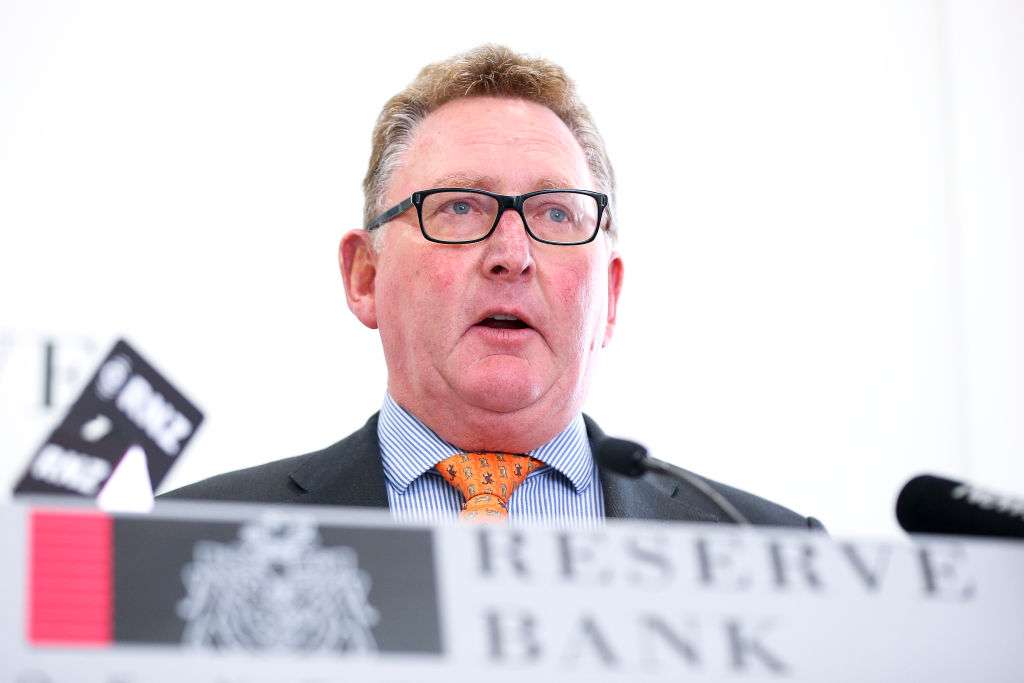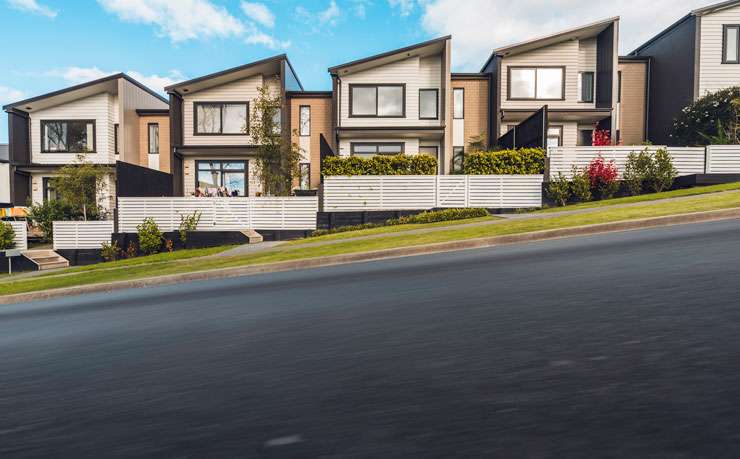Watch out home-buyers: if you think buying a property is hard now, it could get even harder later.
While the Reserve Bank of New Zealand (RBNZ) left the OCR at a low 0.25% in its Monetary Policy Statement today, citing the recent outbreak of Covid-19 as the reason for its decision, it did emphasise that house prices are above sustainable levels, and warned that there is heightened risk of a price correction as supply increases.
In fact, most economists believe that the Reserve will raise rates before the end of the year even if more lockdowns occur.
The Government has put pressure on the Reserve Bank to rein in house prices and the RBNZ has responded accordingly, reintroducing loan-to-value ratio (LVR) rules at the start of the year. It is also investigating whether or not it should impose debt-to-income rules on banks, further restricting how much buyers can borrow.
Start your property search
But if LVRs, debt-to-income ratios and rising interest rates aren’t enough of a sledgehammer, the RBNZ does have other weapons in armoury.
The RBNZ’s main role is to keep a lid on inflation, keep New Zealanders in employment, ensure the financial system functions well, and provide the country with currency.
In February this year the Government directed the RBNZ to have regard to its aim of supporting more sustainable house prices and dampening investor demand for existing housing stock.
The trouble is some of the RBNZ's tools are blunt and can cause collateral damage to the wider economy.
Too much intervention in order to protect the financial system from vulnerabilities can be risky. It can force buyers into borrowing from less regulated non-bank lenders and create a host of other social implications such as leaving potential buyers in cold, unhealthy rental homes.

Reserve Bank Governor Adrian Orr reintroduced LVR rules for buyers earlier this year. Photo / Getty Images
Most home buyers know all about LVRs. They’re what stops a person from buying with, say, a 5% deposit or, as some people did in the not-too-distant past, buying with no deposit at all.
The RBNZ introduced LVRs in 2013 when the housing market was heating up, and there were fears that prices were rising too fast. The Bank suspended the rules at the start of the last lockdown and then reintroduced them at the start of this year to take the heat out of the market. Most first home buyers need to save a 20% deposit and investors require a 40% deposit.
While house price growth has slowed since the LVRs were reintroduced, prices are still rising, so could higher LVR requirements be on the cards?
The answer is yes, but the RBNZ doesn’t like loading pain on ordinary New Zealand home-owners and investors. The good news is that although tightening LVR restrictions is relatively easy, the marginal benefits of doing so are small. The government has already indicated that from October it will limit the percentage of lending on low deposits from 20% currently to 10%. Instead of being allowed to lend on low deposits to 20% of lending, it is reducing that figure to 10%.
Other tools the Reserve Bank has available include:
• Higher test interest rates. When buyers apply for a mortgage, instead of looking at their finances to see if they can afford the mortgage on current interest rates, banks use a test interest rate, which is around 6% currently. They want to know that buyers can still afford the mortgage if interest rates rise. The RBNZ can, if it chooses, increase that rate, cutting out those buyers who can least afford mortgage payments.

House prices have jumped 30% in the last year, causing concern that the market is overheating. Photo / Fiona Goodall
• Debt to income ratios: DTIs restrict the amount a person can borrow based on their income. So, if a combined household income is $100,000 and the DTI is 6, the household can only borrow $600,000. Added to LVRs, DTIs will be double trouble for home buyers struggling to get on the ladder already. The RBNZ needs to consult and finalise the design of its tool before implementing, giving buyers some breathing space. DTIS are more likely to affect investors and higher-income owner-occupiers than first-home buyers. Couchman sees DTI restrictions as a radical solution that may or may not happen. Mortgage broker John Bolton of Squirrel doesn’t believe that DTIs are necessary. Existing tools are enough, he says.
• Restrictions on interest-only investing. The RBNZ can make it harder to get an interest-only mortgage, usually only given to investors, where they don’t have to repay principal. The RBNZ says limits on interest-only lending can be challenging and expensive to implement and enforce. They aren’t a financial stability worry currently, meaning it’s unlikely this tool will be used.
• Increased capital requirements. The RBNZ could order banks to hold more of their capital in reserve and lend less. If the banks have less money available to lend, they could ration it, and would most likely lend it to better-off customers. Increased capital requirements are good for financial stability but have some negatives and are slow acting so won’t fix the property market in the short term.
• Interest rates. While the RBNZ does set underlying interest rates it doesn't do this primarily to influence the property market.
Couchman doesn’t believe the RBNZ is likely to target investors. “Investors have already been whacked on the head. If we do any further tightening, we are going to hurt sound investors that are adding supply to the housing market.”
Many of the measures to cool the property market this year don’t originate from the RBNZ; they’re government policy. Measure introduced by Treasury include:
• Increasing bright-line test, which taxes traders looking to make short-term profits.
• Removing the ability for investors to claim interest costs against rent.
Property commentator Bernard Hickey, editor of The Kākā, says the RBNZ shouldn’t be asked to do more, saying housing policies should be left to the Government. “I just think the Reserve Bank should be focussed on running monetary policy to keep inflation around 2%. Operating the property levers takes its eyes off the road ahead.”















































































